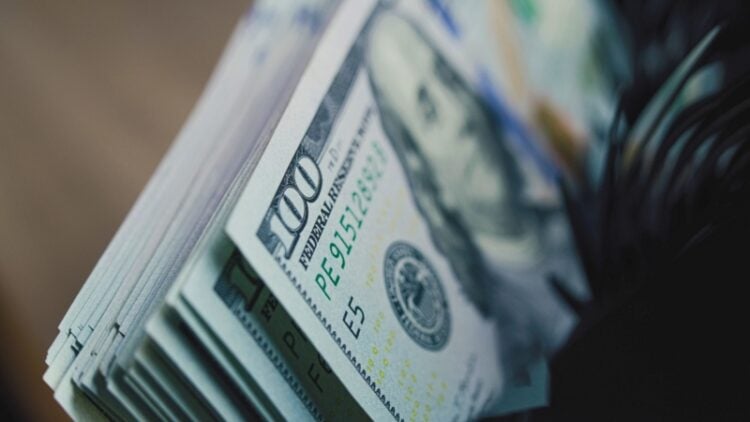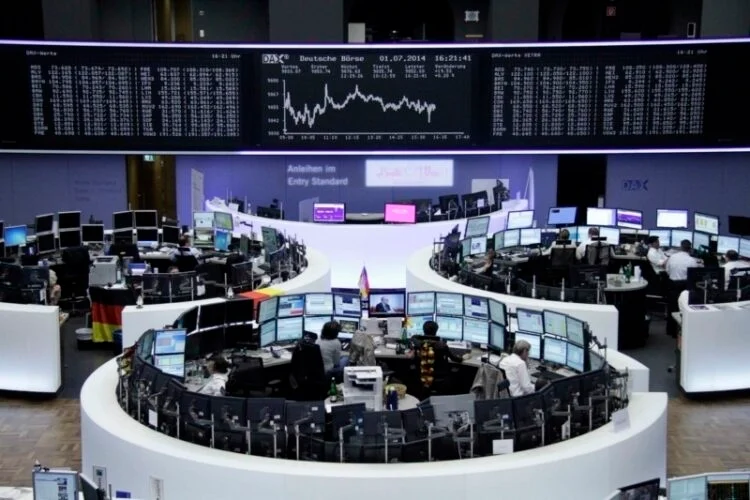Publisher: Maaal International Media Company
License: 465734
Dollar Notches Its Longest Monthly Losing Streak Since 2020
A few days of gains for the US dollar this week wasn’t enough to reverse its broader declines as US trade and policy uncertainty weighs on sentiment, Bloomberg reported.
A gauge of dollar strength fell about 0.6% in May, making it the longest monthly losing streak in five years. Investors also became increasingly bearish on the greenback as some turned their focus to a proposed US measure that would hit companies from countries deemed to have “discriminatory” tax policies.
“If the bill as presently written takes effect, it would deter foreign investment in US assets at a time when the country faces increasing reliance on foreign capital to finance its ballooning debt,” wrote Elias Haddad, a strategist at Brown Brothers Harriman & Co. in a note. “Clearly, this is not good for the dollar.”
اقرأ المزيد
Hedge funds, asset managers and other speculative traders boosted their bets tied to the dollar’s decline to $13.3 billion for the week through May 27, up from $12.4 billion the week prior, according to data by the Commodity Futures Trading Commission released on Friday.
Concern that President Donald Trump’s erratic trade policies will undermine the economy are adding to the greenback’s weakness and eroding its appeal as a traditional haven bet. A court battle is underway over the legality of Trump’s sweeping tariffs — though the US administration insists they’re here to stay.
The Bloomberg Dollar Spot Index ended Friday up 0.1% as reports showed US consumers hitting the brakes on spending in April while goods imports plummeted by a record as companies adjusted to higher tariffs. US consumer sentiment rebounded in late May, according to the University of Michigan.
The latest data is “still insufficient for the Federal Reserve to seriously consider its cuts,” said Yusuke Miyairi, a foreign-exchange strategist at Nomura. “Choppy price action in the dollar continues, owing to the market following back-and-forth tariff headlines.”
Trump accused China of violating an agreement with the US to ease tariffs, intensifying tensions between the world’s two largest economies again.
Meanwhile, a gauge of emerging-market currencies is on track for its first weekly loss since mid-April as investors scale back on risk following recent gains. The South African rand slumped 1% against the dollar on Friday.
While currencies including the rand and Mexico’s peso have strengthened more than 4% against the greenback since Trump unveiled his comprehensive list of tariffs, traders are taking some profits amid renewed global trade noise.
Investors “are bringing back some USD bids” ahead of the weekend, said Alejandro Cuadrado, head of global FX and Latin America strategy at Banco Bilbao Vizcaya Argentaria SA in New York. “As we approach new tariff deadlines we could see some uptick in volatility from very low levels, particularly in Latin America.”
“What we’re waiting to see next is whether the dollar decline begins to reassert itself,” said Paul Mackel, global head of currency research at HSBC Holdings Plc. “So what can drive that? Front and center it will be related to what’s happening with the US economy.”








